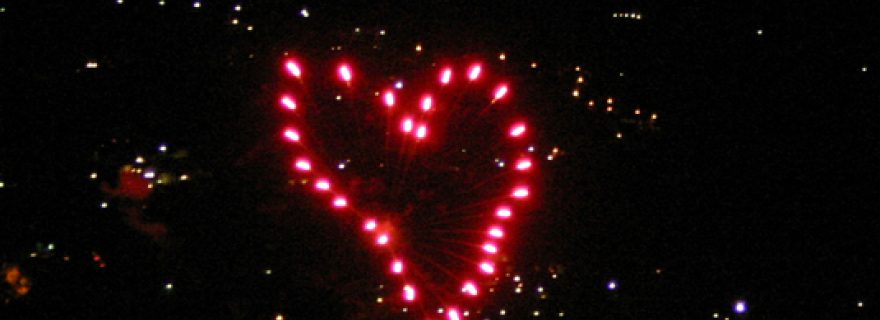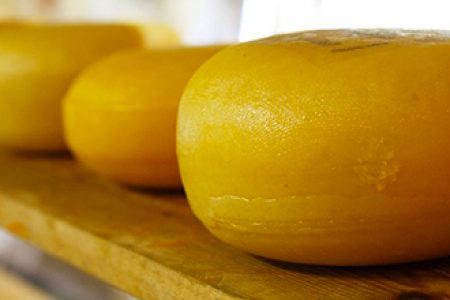Love is in the… brain!
Do you celebrate Valentine’s Day? Even if you don’t, you probably express your love to your partner on other occasions. Love is something we all experience in life. What happens in the brain when we’re in love?
I’m writing about love, so maybe you expect me to start with a beautiful inspirational quote or poem that aims to describe this strong emotion. The thing is, there are so many inspirational quotes and poems… which one do I choose? After all, love is a topic that has been heavily discussed, written about, and felt (obviously). Although many prefer the hearts-and-flowers description of love, let me present to you a different view on love. Namely, a neuroscientific view.
What happens in the brain when it comes to love?
Functional magnetic resonance imaging (fMRI) can be used to study how the brain functions, for instance when someone is viewing pictures of a romantic partner. That is exactly what two researchers (pdf) did. They invited people who were ‘truly, deeply and madly in love’ to lie in an MRI scanner and got them to look at pictures of their romantic partner and of their friends. The results showed that when the subjects viewed pictures of their romantic partner they displayed prominent activation in areas of the brain responsible for processing rewards; this activation was less prominent when they saw their friends. This reward area of the brain is also activated when we win money, eat our favorite food, or have sex. Could it be that the partners of the participants were just sexually aroused when viewing pictures of their romantic partners? Probably not, because participants were also asked to rate their feelings of love, and their feelings of sexual arousal, for their partner. The feelings of love clearly outweighed the feelings of sexual arousal.
Activation in reward areas of the brain
But maybe this reward-related brain activation only occurs in the early stage of a romantic relationship, when “butterflies” are still around? See for instance this study on early-stage romantic love. To investigate this, another group of researchers set out to study how the brain responds to long-term romantic love, such as a ten-year marriage. People who had been married for at least ten years and reported that they were still in love were invited to the lab. Again, participants in the scanner looked at pictures of their romantic partner, and as in the study with early-stage romantic love, there was strong activation in reward areas of the brain. And what is more, the more strongly people indicated they were in love, the higher this reward-related brain activation. This was also found for the number of years they were married. The longer the participants were married, the stronger this activation.
The desire to be with that loved one
To sum up, when we are madly in love, whether in a passionate, new romance, or in a long-term committed relationship, the reward center of our brain is activated. However, does this mean we do not really “love”, but our brains simply respond to the rewarding properties of our significant others? The brain would say yes, but the “heart” would not agree, because this interpretation is simply not romantic at all. Perhaps the activation in the reward regions of the brain simply reflects the ‘liking’ and pleasurable aspects of the relationship with the partner, and the desire to be with that loved one. In other words, neurons in the brain actually start firing when you see your loved one. Kind of like fireworks... a super romantic neuroscientific view on love, don’t you agree?
For more on the brain in love, watch this Ted talk by Helen Fisher.





